There’s no one like D.H. Lawrence.
He didn’t just write about life—he cracked it open. His stories are raw, emotional, and sometimes uncomfortable, but always honest. Whether you’re discovering him for the first time or circling back to his genius, this post is for you.
We’ve gathered four of his most iconic works—each paired with handpicked quotes and visual excerpts. No overthinking. Just real moments that stick with you long after you’ve read the last line.
Sons and Lovers: A Battle of Love and Escape
It’s the kind of novel that doesn’t let go.
Paul Morel is a boy growing into a man, but he’s trapped—caught between deep love for his mother and his need to live his own life. Lawrence based it on his own upbringing, and you can feel every emotional thread being pulled tight.
“He felt the fight between love for his mother and the need to escape her pull.”
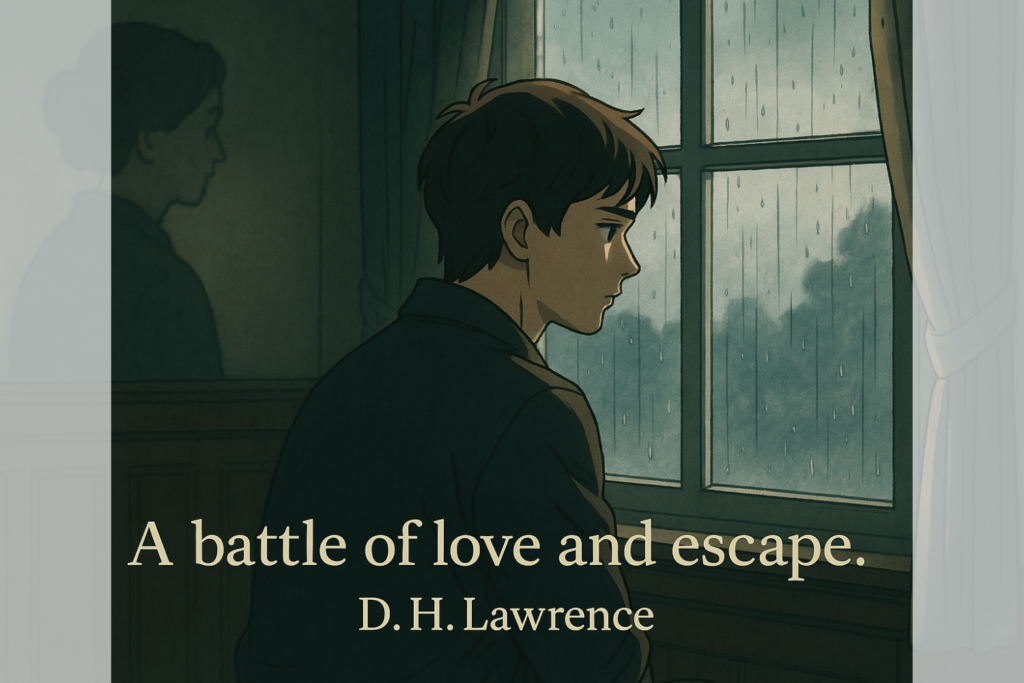
You don’t read Sons and Lovers so much as live it. If you’ve ever felt torn between duty and desire, this one will land hard.
The Rocking-Horse Winner: When Love Feels Like Pressure
Not all love is safe.
In this haunting short story, a little boy named Paul hears whispers in his house: “There must be more money.” He wants to help his mother feel lucky. Loved. Whole. So he rides his toy horse until the answers come. And then he gives everything.
“There must be more money! There must be more money!”
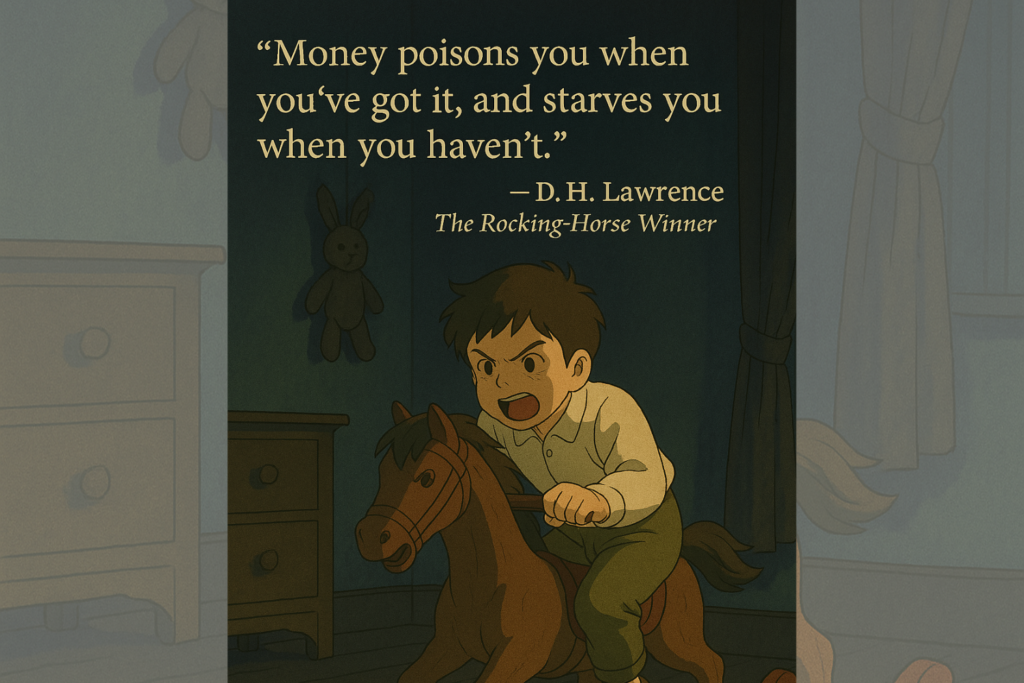
It’s eerie, emotional, and brutally sharp. You’ll finish it with chills—and a new understanding of what we do to be “enough.”
The Rainbow: A Woman’s Fight for More
Ursula Brangwen doesn’t want to settle.
She doesn’t want just marriage, or tradition, or small dreams. She wants life—full, passionate, unboxed. In The Rainbow, Lawrence writes her with such intensity that you feel her breath in every sentence.
“She wanted to be a woman, with her own wealth of emotion and power to assert herself.”

This book was banned in its time—but today, it reads like a battle cry for anyone trying to carve their own path.
Self-Pity: A Poem That Hits Like a Thunderclap
No preamble. No fluff. Just four lines that say more than most novels:
“I never saw a wild thing
sorry for itself.
A small bird will drop frozen dead from a bough
without ever having felt sorry for itself.”
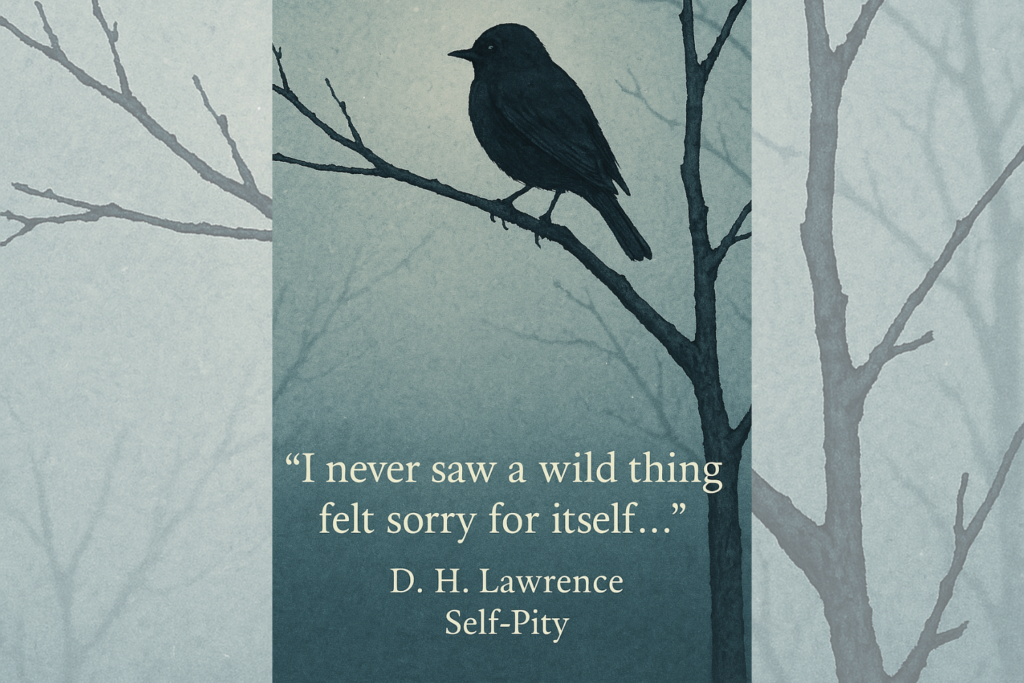
Lawrence wasn’t interested in self-pity. He believed in nature’s grit—the kind of strength that doesn’t cry, but survives. This poem is short, sharp, unforgettable.
Final Thought
D.H. Lawrence doesn’t just write stories. He stirs something inside you. These aren’t old books—they’re living, breathing reflections of all we wrestle with: love, freedom, identity, and survival.
Which one speaks to you most?
📌 Want more Lawrence?
Check out our D.H. Lawrence Quote Gallery with Visuals for his most unforgettable lines turned into powerful images.
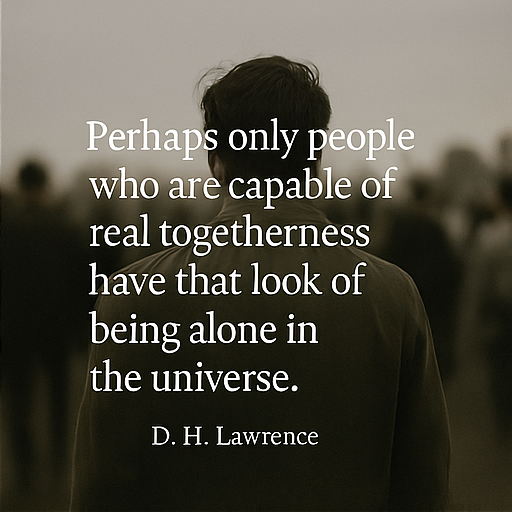




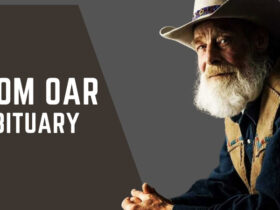



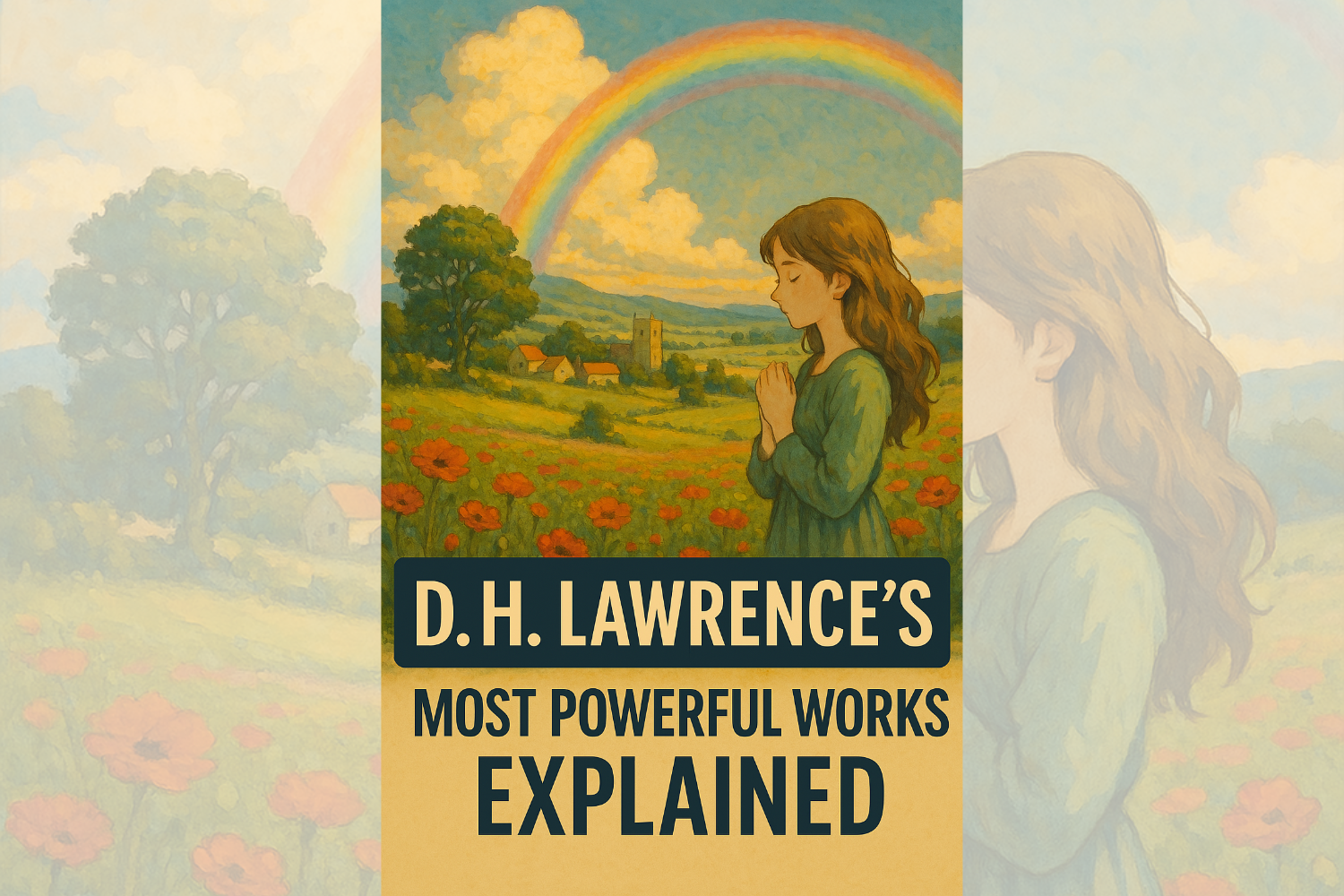




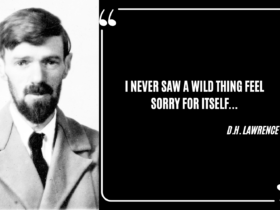

Leave a Reply